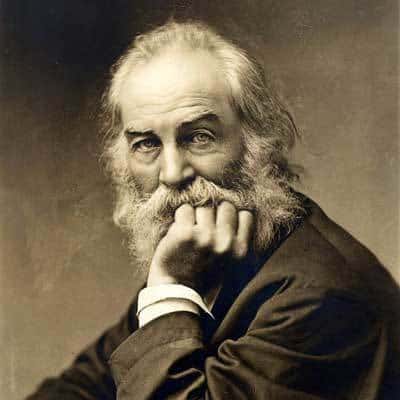In the third open-access issue of the Walt Whitman Quarterly Review (WWQR) Editor Ed Folsom and Managing Editor Stefan Schöberlein publish in full a newly discovered book-length work by the poet Walt Whitman entitled “Manly Health and Training.” Zachary Turpin, a PhD candidate in English at the University of Houston, recently discovered “Manly Health and Training,”Continue reading “The Discovery of “Manly Health and Training”: Walt Whitman’s Long-Lost Guide to Getting the Body You’ve Always Wanted”
Tag Archives: The Walt Whitman Archive
DH Salon Recap: “Whitman’s Letters—The Collaboration of the Walt Whitman Archive Correspondence team”
On February 12, 2016, the Digital Scholarship and Publishing Studio hosted the second DH Salon event of the semester—a collaborative presentation highlighting the Walt Whitman Archive’s Correspondence project. Presenters included Ed Folsom (Roy J. Carver Professor of English and Co-Director, Walt Whitman Archive), Stephanie Blalock (Digital Humanities Librarian & Associate Editor, Walt Whitman Archive), StefanContinue reading “DH Salon Recap: “Whitman’s Letters—The Collaboration of the Walt Whitman Archive Correspondence team””
DH Salon Recap: The Walt Whitman Archive’s pre-Leaves of Grass Fiction Project
On Friday, Oct. 23rd, the Digital Scholarship and Publishing Studio hosted the fourth DH Salon of the semester. I was very glad to welcome an enthusiastic group of faculty, staff, and graduate students to the Studio for my presentation, “From Periodical Page to Digital Edition: The Walt Whitman Archive’s pre-Leaves of Grass Fiction Project.” The goal ofContinue reading “DH Salon Recap: The Walt Whitman Archive’s pre-Leaves of Grass Fiction Project”
